Advantages of choosing Chemical Thermal Mechanical pulping (ctmp)
Chemical Thermal Mechanical Pulping (CTMP) is a wood pulp production process that combines both chemical and mechanical treatments. It involves chemical pretreatment followed by mechanical grinding and is commonly used for producing paper, cardboard, and other products. Compared to traditional mechanical pulp and chemical pulp, CTMP offers several distinct advantages.
In the current papermaking industry, Chemical Thermal Mechanical Pulping (CTMP) is widely used in many production processes, especially in the production of high-quality paper and packaging paper.
Characteristics of Chemical Thermal Mechanical Pulping (CTMP)
- CTMP retains longer fiber structures, which helps enhance the strength and toughness of the paper.
- The paper produced from CTMP is smooth, has a high whiteness, and exhibits good printability.
- Wood pulp treated with chemicals is generally more environmentally friendly than traditional mechanical pulp, especially in terms of reducing wastewater discharge and improving the recycling efficiency of paper.
Chemical Thermal Mechanical Pulping (CMP) is the product of chemically pretreating wood (such as alkaline treatment) followed by mechanical pulping. This method combines the advantages of both chemical and mechanical processes to produce higher-quality pulp with improved production efficiency. Alkaline chemicals are typically used for pretreating the wood to soften it and remove some of the lignin, which makes the subsequent mechanical pulping more efficient. After chemical pretreatment, the wood fibers become softer and are easier to break down and separate into fibers through mechanical methods, thus enhancing the strength of the fibers and the texture of the paper.
Chemical Thermal Mechanical Pulping (CTMP) is widely used in the following areas:
- Printing paper and newsprint: CTMP has good smoothness and printability, making it one of the main raw materials for printing paper and newsprint.
- Packaging paper: Packaging paper requires high strength and toughness, and CTMP provides these qualities, especially in the production of cartons and corrugated cardboard.
- High-quality writing paper and office paper: High-quality pulp helps enhance the gloss and strength of the paper.
Advantages of Chemical Thermal Mechanical Pulping (CTMP)
- Improved fiber quality of paper: CTMP has excellent fiber properties, making the paper produced more durable, smooth, and glossy. The chemical treatment loosens the fibers, while the mechanical pulping further breaks them down, effectively improving the fiber quality of the pulp, making it suitable for producing medium to high-end paper products.
- Reduced production costs and low energy consumption: By using fewer chemicals, the cost is lower, and wear on machinery is reduced, leading to lower equipment replacement and maintenance costs.
- Increased production efficiency: The semi-chemical, semi-mechanical pulping machine combines the advantages of both processes. Through chemical treatment, wood fibers are more easily separated, allowing raw materials to be converted into pulp in a shorter time, which increases production efficiency and reduces production cycles. This is suitable for environments that require high efficiency.
- Energy-saving and environmentally friendly: The chemical-treated wood pulp is more environmentally friendly than traditional mechanical pulp, as it reduces energy consumption while maintaining pulp quality. Its environmental friendliness is better, with less reliance on chemicals, reducing pollution to the environment.
- Strong adaptability to raw materials: CTMP is adaptable to a variety of raw materials, especially waste paper and certain wood materials. Its flexibility gives it an advantage in raw material adaptability, making it suitable for different production needs.
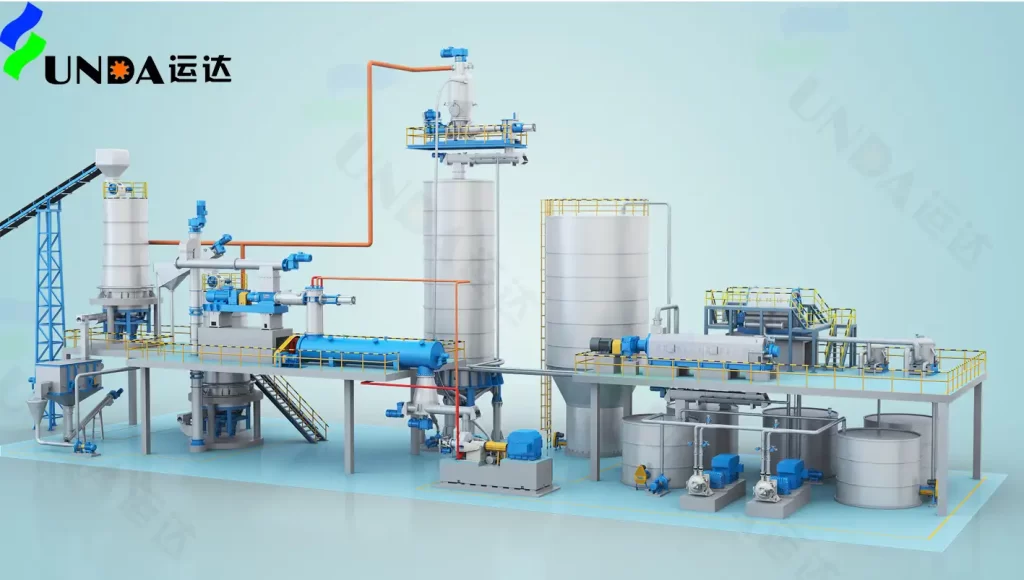
The new generation of Chemical Thermal Mechanical Pulping (CTMP) process technology.
Yunda’s i-CTMP pulping system is an new generation of Chemical Thermal Mechanical Pulping (CTMP) process technology. Compared with the traditional CTMP process, i-CTMP has many advantages, such as lower investment cost, better flexibility with variations in raw materials, good pulp quality and low production costs. It holds a leading advantage in the industry.
Comparative analysis:
Disadvantages of mechanical pulp:
- Low Paper Strength: Although mechanical pulp retains longer fiber structures, the strength and toughness of the paper are relatively low because lignin is not completely removed during the production process. Especially in humid environments, the strength of mechanical pulp paper decreases easily, making it more prone to tearing or damage.
- Darker Paper Color: Mechanical pulp does not undergo sufficient chemical treatment during production, so lignin and other natural components are not fully removed. This results in mechanical pulp paper being darker in color, usually more yellow or gray compared to chemical pulps (such as chemically bleached pulp).
- Poor Printability: Due to the rougher surface of mechanical pulp paper, it has poorer smoothness and gloss, which affects its performance during printing, especially for high-quality prints. The print quality may be lower, with unclear images and poor color reproduction.
- Poor Durability: The lignin in mechanical pulp degrades over time, causing the paper to become brittle, discolor, or yellow. As a result, it has poorer durability than chemical pulp paper and is not suitable for documents that need to be preserved for a long time.
- Environmental Pollution: The production of mechanical pulp generates more wastewater and exhaust gases, especially when effective environmental protection measures are not taken, potentially causing pollution to the environment.
- Higher Final Product Cost: Although the production process of mechanical pulp is relatively simple and the raw material cost is low, due to its lower strength and poor printing performance, it often requires additional processing or the addition of strengthening agents, which may increase the final product's cost.
- Not Suitable for High-Quality Paper: Due to its structure and inherent properties, mechanical pulp is typically not suitable for the production of high-quality paper. For papers that require smoothness, high brightness, and a good texture (such as premium writing paper or art paper), chemical or mixed pulp is generally preferred.
Disadvantages of chemical pulp
- High production cost: The production process of chemical pulp is more complex and requires the use of chemicals for the chemical decomposition of wood. Compared to mechanical pulp, chemical pulp has higher production costs, especially when a large amount of chemicals is needed.
- Environmental pollution: The production of chemical pulp generates a certain amount of wastewater and exhaust gases, especially in traditional chemical pulping methods (such as sulfuric acid and sulfite processes), which can cause environmental pollution. Even with modern wastewater treatment technologies, a large amount of energy and cost is still required for treatment.
- High energy consumption: Producing chemical pulp requires high temperatures and pressures, and the chemical reaction process consumes more energy. This leads to a higher energy consumption for production compared to mechanical pulp.
- High wood consumption: The production of chemical pulp requires a large amount of wood or other plant materials, and prolonged and excessive use can put pressure on forest resources, especially for forests with poor sustainable management.
- Less gloss and whiteness compared to mechanical pulp paper: Although chemical pulp paper is usually whiter and smoother than mechanical pulp paper, some chemically processed papers still do not have the same gloss as certain specialized mechanical pulp papers. Especially some chemically pulped papers that have not undergone further treatment may exhibit yellowing or dullness.
- Higher moisture content: Chemical pulp may retain more moisture during the production process, which could affect the storage and processing of paper, especially for products that require specific drying conditions.
- Durability issues: Although chemical pulp paper generally has stronger strength compared to mechanical pulp paper, if it has not undergone proper post-treatment during production, the paper’s resistance to aging may be affected. Long-term exposure to sunlight or humid environments can still limit the paper's durability.
Summary:
Chemical thermal mechanical pulping combines the advantages of both chemical pulping and mechanical pulping, offering more flexibility in pulp production. It has significant advantages and is widely used in the current paper industry.
Case
-
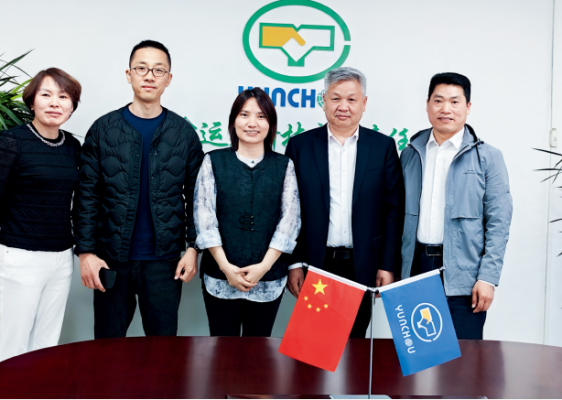 350,000 tpy Linerboard Project in Arkhangelsk, Russia
350,000 tpy Linerboard Project in Arkhangelsk, Russia
-
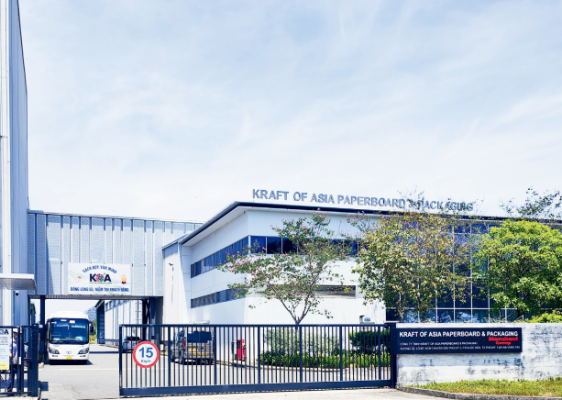 KOA Vietnam 6600/1100 Packaging Paper Upgrade Project
KOA Vietnam 6600/1100 Packaging Paper Upgrade Project
-
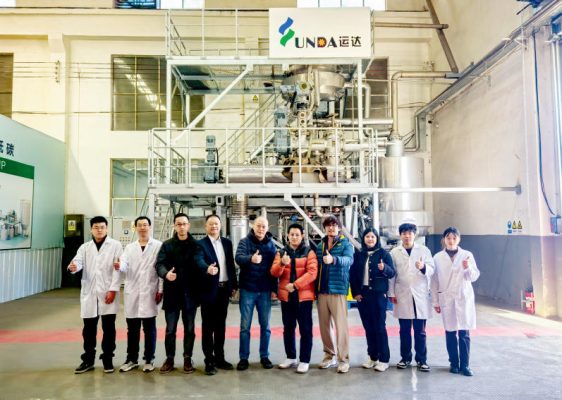 Smooth Shipment of Complete Thermo Mechanical Pulping Equipment for Thailand Precise Molding Project
Smooth Shipment of Complete Thermo Mechanical Pulping Equipment for Thailand Precise Molding Project
-
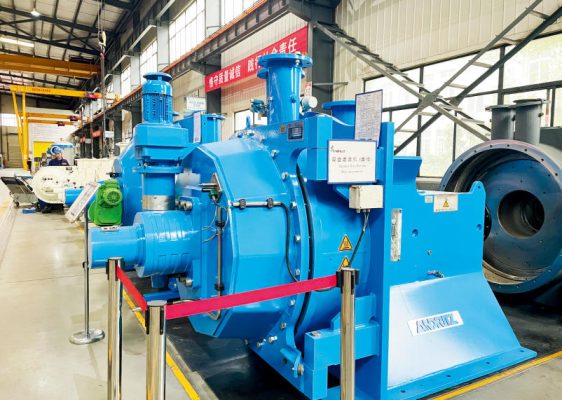 Successful Delivery of the Refiner Repair Project Between Yunda and Guangzhou Paper Group
Successful Delivery of the Refiner Repair Project Between Yunda and Guangzhou Paper Group
-
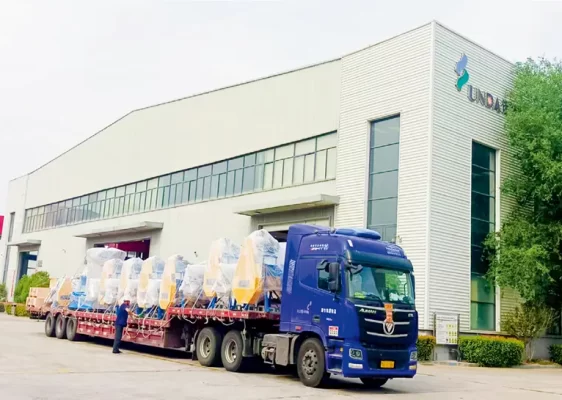 100,000 Tons Per Year Cultural Paper Project in Ethiopia
100,000 Tons Per Year Cultural Paper Project in Ethiopia
-
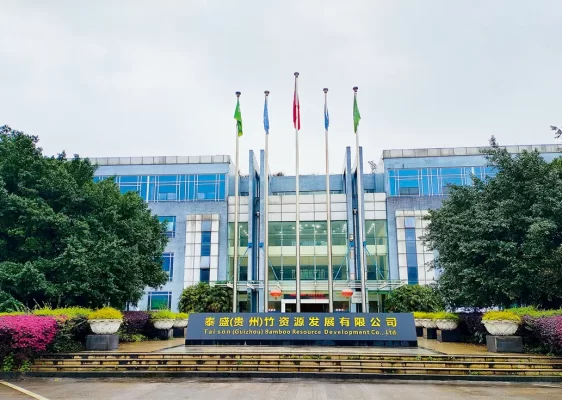 Taison (Guizhou) 160,000 tons tissue paper project
Taison (Guizhou) 160,000 tons tissue paper project
-
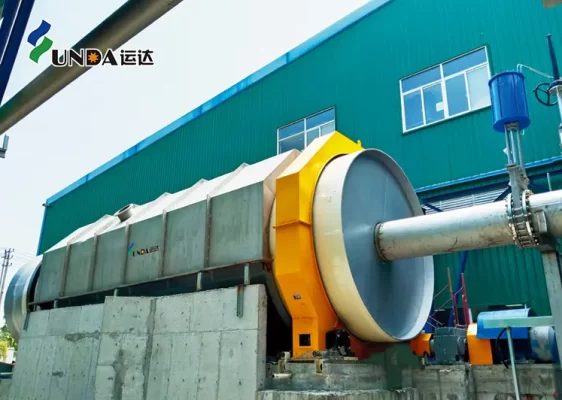 Taison Tissue Paper Project
Taison Tissue Paper Project
-
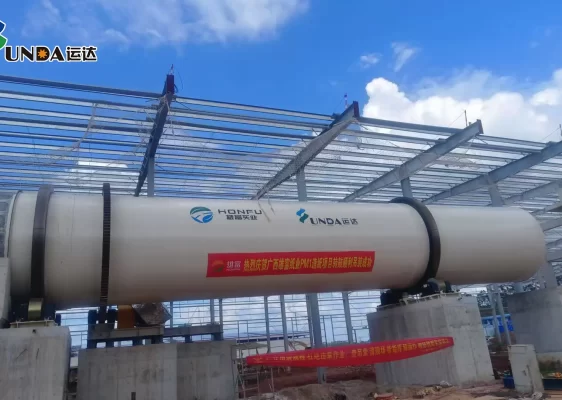 Guangxi Xiongfu Paper Project
Guangxi Xiongfu Paper Project
-
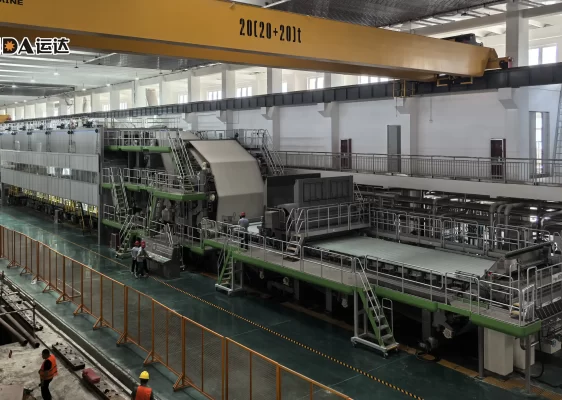 Jincailun Paper PM18 Cultural Paper Project
Jincailun Paper PM18 Cultural Paper Project
-
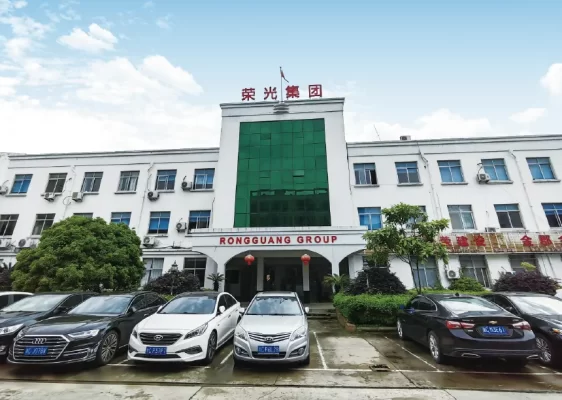 Rongwei Industrial’s 120,000-Ton Packaging Paper Project in Cambodia
Rongwei Industrial’s 120,000-Ton Packaging Paper Project in Cambodia
